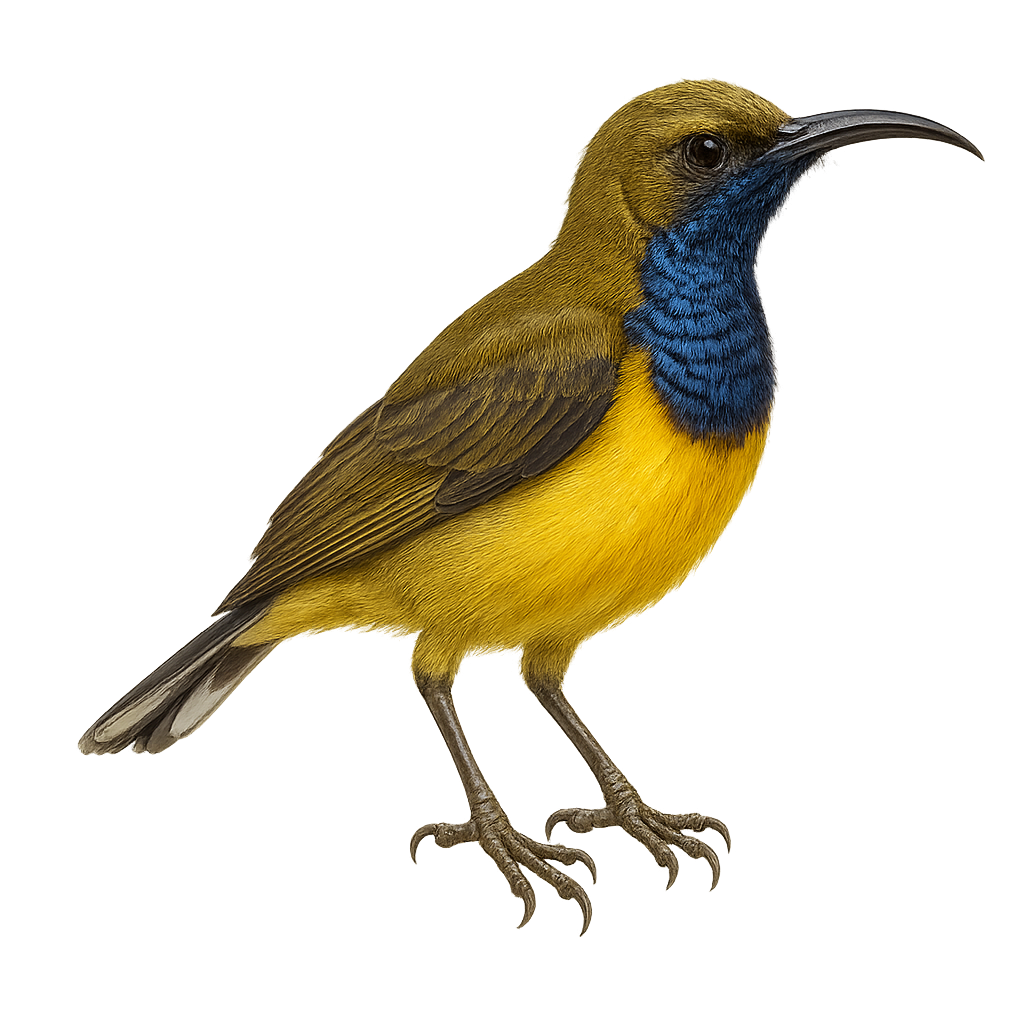Observe and photograph a species in its natural habitat
Learn where and when to observe a species in the wild, how to recognize it in the field, and what habitats it lives in. Get photography tips adapted to its behavior and capture stunning images without disturbing the animal. For full details, open the complete profile in the WildlifePhotographer app.
Olive-backed Sunbird
Scientific name: Nectarinia jugularis

IUCN Status: Least Concern
Family: NECTARINIIDAE
Group: Birds
Shyness: Suspicious
Safe distance: 5 m
Breeding season / Courtship: N/A
Gestation: N/A
Births: N/A
Habitat:
tropical forests, mangroves, gardens
Description:
The Olive-backed Sunbird, or Nectarinia jugularis, is a small, vibrant bird found primarily in Southeast Asia and Australia. Males display a bright yellow throat and olive back, while females are more subdued in color. Known for their slender, curved beaks, these birds primarily feed on nectar but also consume insects to supplement their diet. They are often seen in gardens, tropical forests, and mangroves, playing a crucial role in flower pollination. Their song is a mix of high-pitched, melodious chirps, often heard at dawn.
Recommended lens:
>=400mm
Photography tips:
To photograph the Olive-backed Sunbird, it's advisable to use a 400mm lens or longer to capture the vibrant plumage details without disturbing it. Look for them in gardens or mangroves early in the morning when the light is soft. Be patient and discreet, as these birds can be suspicious. Use a tripod to stabilize your camera and adjust your shutter speed to capture quick movements.
Ready to take action?
Choose your platform and start your free trial today



